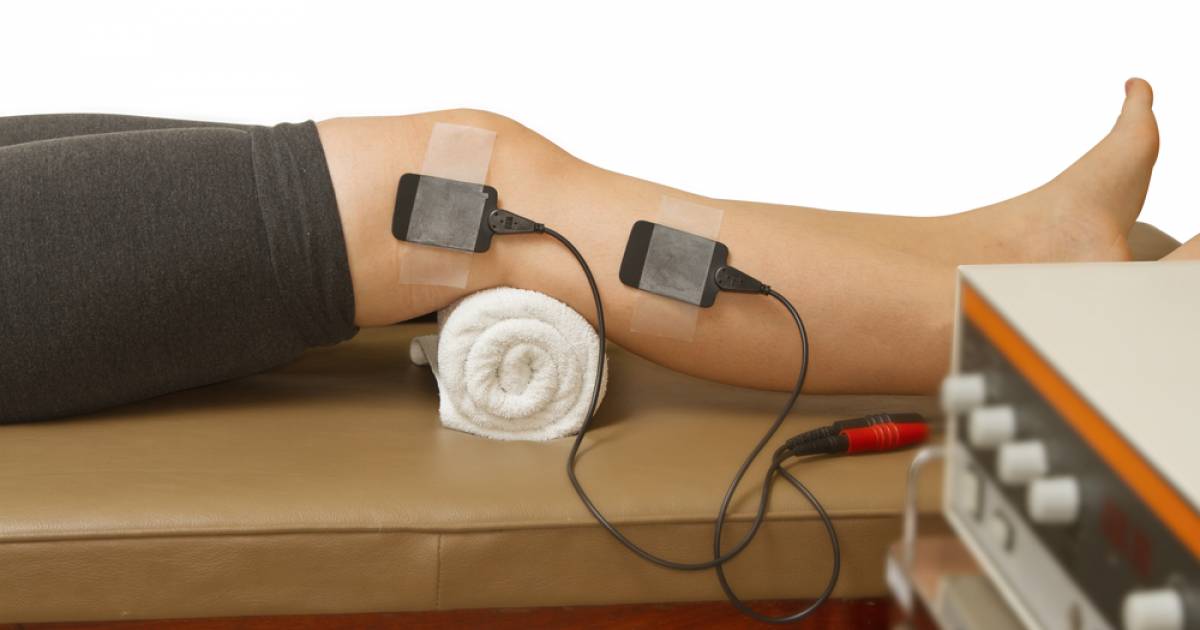14 Energizing Health Benefits of Electrical Muscle Stimulation
Electrical muscle stimulation (EMS) isn’t just for elite athletes or physical therapists—it’s a powerful, science-backed tool that’s transforming how we approach recovery, rehabilitation, and performance. By sending controlled electric impulses into targeted muscles, EMS mimics the natural process of contraction, activating muscle fibers without the strain of traditional workouts. Whether you’re healing from an injury, managing chronic pain, or just trying to optimize your post-run recovery, EMS can unlock benefits that go far beyond what you’d expect. From preventing muscle atrophy to improving blood flow and reducing spasms, the potential is both practical and impressive. It’s even used to ward off pressure sores in patients with limited mobility. But the key lies in understanding how—and when—to use it safely and effectively. We’ve expanded our list to 14 Energizing Health Benefits of Electrical Muscle Stimulation, breaking down how this tech-driven therapy is quietly revolutionizing modern health and wellness. Ready to recharge? Let’s dive in.
1. Prevent Muscle Atrophy

Studies have shown electrical muscle stimulation devices can help prevent muscle atrophy, which occurs when an individual's muscles waste away due to disuse. This often happens when individuals are injured, since they need to let their injured body part rest during the healing process. It's also common in patients with chronic pain problems that cause limited mobility. Patients with nervous system problems may experience muscle atrophy because their nervous system isn't communicating fully with their muscular system. In paraplegic individuals, the ability to move the paralyzed body part is partially or totally cut off. The low current levels in an electrical muscle stimulation device cause weak muscles to contract. This stimulation is essential to keeping inactive muscles healthy.
2. Improves Physical Rehabilitation

If an individual is injured, they should seek the guidance of their physician before using electrical muscle stimulation devices independently. Different injuries have different healing needs, and it's important to avoid accidentally aggravating an injury through electric currents. With that said, electrical muscle stimulation improves physical rehabilitation in many injuries sustained by athletes. The electrical stimulation encourages blood to flow into the injured area. Blood is full of oxygen and important nutrients to build muscles back up. In addition to the improved blood flow, regular electrical muscle stimulation therapy has the same basic results as light exercise. The muscles contract, which causes them to build back tone and strength. Some patients use electrical muscle stimulation techniques as a stepping stone to more involved physical therapy exercises. Furthermore, the process strengthens the nervous system's connection with the muscles. With the nervous system on board, patients can progress to more difficult exercises more quickly.
